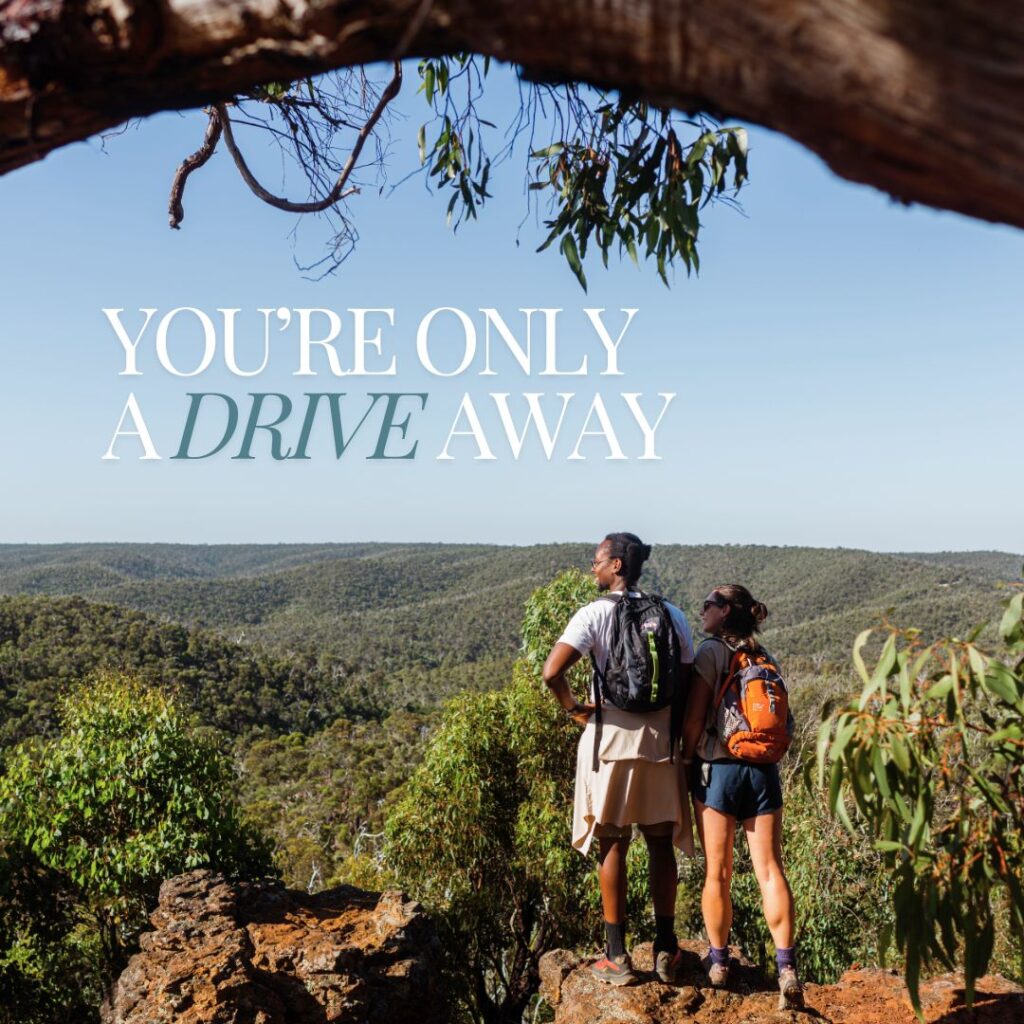Whale Watching Phillip Island: How to spot whales this winter
Phillip Island

What’s so good about being on Phillip Island in Winter? Whale watching, of course!
WHALE WATCHING PHILLIP ISLAND
Although it may be cooler weather, Winter brings migrating whales to the coastal waters of Phillip Island including Humpback, Southern Right and occasionally Killer Whales!
From late May to September, you can discover these beautiful majestic creatures along the coastline of Phillip Island and Bass Coast, with the peak whale season being June and July.

Where to spot whales on Phillip Island and Surrounds?
🐳Whale Discovery Trail
Take a walk, ride or drive along the Whale Discovery Trail to spot whales and learn about the natural environment, from Eagles Nest in the East to Cowes on Phillip Island. The trail will lead you to a range of coastal viewing points where interpretive signage provides insights into the majestic life of whales and their behaviours.
Top spots on Phillip Island include The Nobbies, Cape Woolamai, Pyramid Rock, Cowes, Grossard Point ( Ventnor) and Summerland.
Off Phillip Island, the George Bass Coastal Walk, Kilcunda and Inverloch all offer great vantage points as well.

🛥️ Whale Watching Cruises
For an up close and personal experience of whale searching and spotting, join one of Wildlife Coast Cruises – Winter Whale Cruises and search for whales around Phillip Island!
Discover Phillip Island’s picturesque coastline as you search for Humpback and Southern Right Whales on their annual migration route regularly joined by playful dolphin pods, curious seals and a variety of birdlife, including the Wandering Albatross
A fantastic experience not to be missed! Just make sure you pack your thickest jacket and beanie!

What do I look for?
When looking for whales, it’s all about patience and good eyesight (or a pair of binoculars!). You should spend some time scanning the ocean on days when the water is calm and not choppy. It makes it hard when the ocean is choppy to see any kind of movement from the whales. When looking out at the ocean, look for whale spirts, whale slaps or breaching whales. Often there might be a flock of birds hanging around in a group hovering about the whales or other marine life following close by, such as dolphins.
Whale sightings in the area are usually posted on the Wildlife Whales App, which can be downloaded below. Get live whale notifications from Phillip Island and Wilsons Promontory. A whale watchers guide to these areas with information on the best lookouts, whale behaviour, what to look for, whale cruises and more.
Most updates are near to real-time and often include tips on where the whales could be seen from. For your best chance of seeing whales, keep an eye out on these Facebook pages and be ready to grab your binoculars and head out to the lookouts to spot the whales yourselves.
Remember to look after the coastal environment by watching out for wildlife on the roads, and by keeping to the tracks. If you’re lucky to see whales, please share your sighting by reporting your sighting on ‘PodWatch’ or call Wildlife Coast Cruises on 1300 763 739.
For the latest sightings, you can check the Whale Sightings for the Phillip Island region or check with the Phillip Island Visitor Information Centre at Newhaven.

Would you know how to tell the difference between whales?
Humpback whales (Megaptara novaeangliae) have the characteristic white ventral (under) side, long flippers, a small dorsal (back) fin and a rounded blow. Southern Right whales, on the other hand, are generally black in colour, lack a dorsal fin, have rounded flippers, and have a V-shaped blow. Did you know that the blow was originally called ‘spout’ as people thought they blew out water? The blow appears like water because the warm air is released from the whales’ lungs at high pressure and condenses in the cold air.
Southern Right Whales (Eubalaena australis) are smaller but heavier than Humpback whales. They are nearly black in colour and move slower. They can sometimes be seen in quite shallow waters within 100 metres from the coast.
Killer Whales (Orcinus orca) occasionally visit the waters around Phillip Island as seals make up an important part of their diet. These whales are the fastest swimmer of all the cetaceans and can reach speeds of more than 50km/h while hunting.

Island Whale Festival
Each winter, Phillip Island celebrates and appreciates these majestic giants at the Island Whale Festival, a family friendly celebration of a spectacular natural attraction.
Where should I stay when visiting Phillip Island for Whale Watching?
Kilcunda Ocean View Holiday Retreat
Perched on the clifftops overlooking the wild ocean at Kilcunda, Kilcunda Oceanview Holiday Retreat is conveniently located right along the Phillip Island and Bass Coast Whale Discovery Trail! Offering a full range of accomodation options from self contained cabins and villas to caravan and camping sites, you will be able to sit with your binoculars right at your accomodation and try to spot a passing whale.
Whether you choose a comfortable cabin, a spacious caravan or campsite, or a luxurious glamping tent at NRMA Beachfront Holiday Park, you will be metres from the beach where whales can often be spotted frolicking in the bay! Located nearby Phillip Island’s main hub of Cowes, NRMA offers the best of both worlds – immersion in nature with the creature comforts of town not far away.






